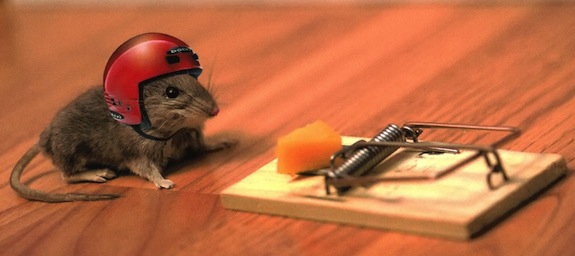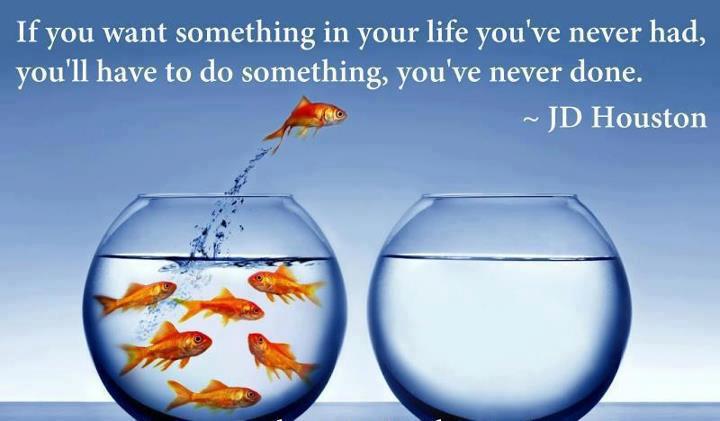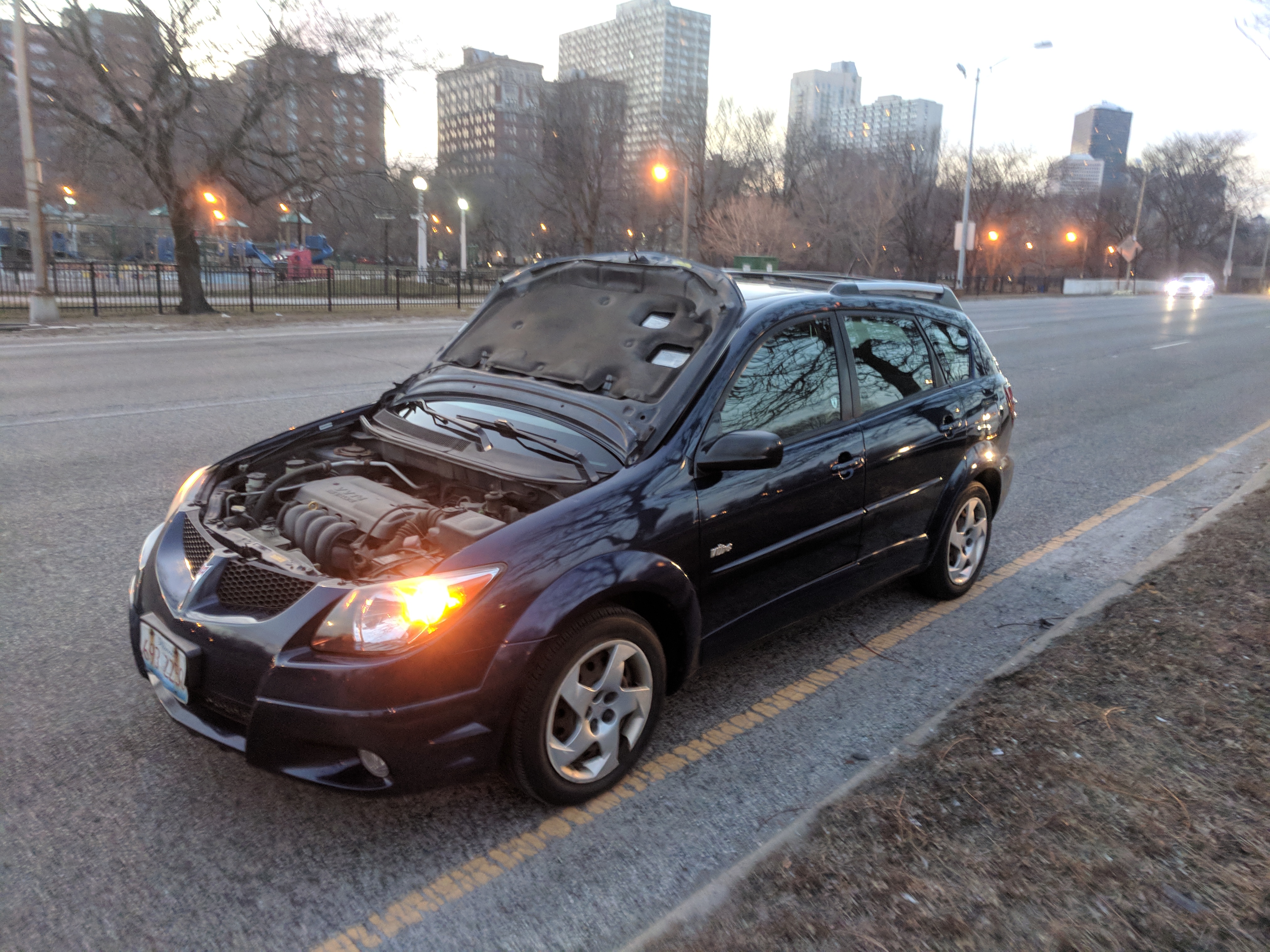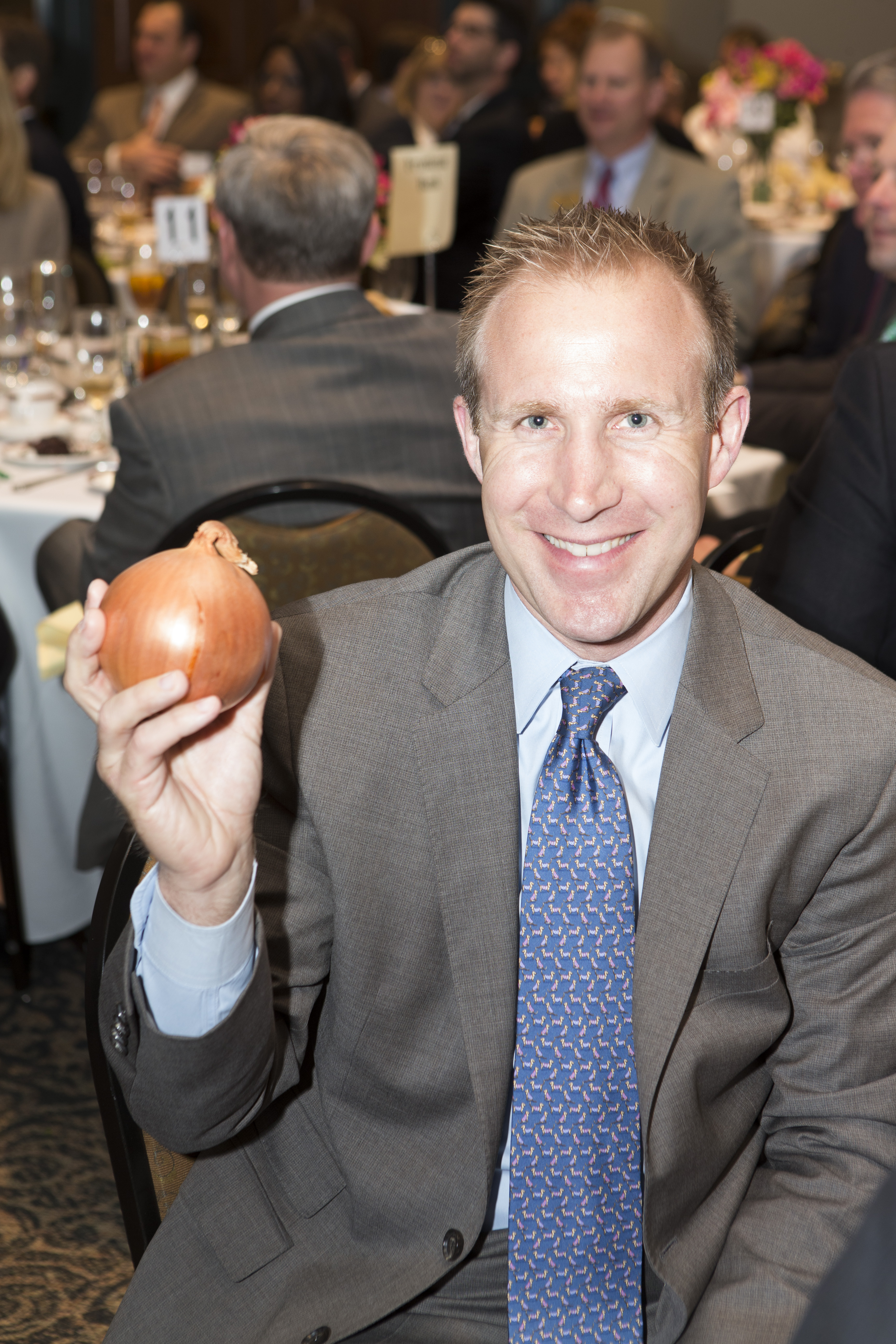 I’ve come to believe that each us of has developed in our Knower/Judger life scripts a certain level of risk tolerance. That is, we take in the available data for an action we’re about to take or a decision we’re about to make, we measure it against a probability of success or failure, and we pull the trigger (or we don’t).
I’ve come to believe that each us of has developed in our Knower/Judger life scripts a certain level of risk tolerance. That is, we take in the available data for an action we’re about to take or a decision we’re about to make, we measure it against a probability of success or failure, and we pull the trigger (or we don’t).
Added to that formulaic behavior predictor is the arena in which the risk lies. Is the potential failure for this decision a low-cost bet? A high-cost bet? A dented fender or a life-threatening crash? Again, I suspect that’s all taken into account in our K/J assessment of life.
We all know people who are simply timid. They’re content with what they have and what they’re capable of. Or at least they are not willing to risk much to get anything else they want. And we also know reckless people, those who seem to crash into brick walls (either figuratively or actually) trying to accomplish or obtain something. These folks don’t seem to have any limits on or filters for what they will try.
Each type’s K/J can be critical of the other’s. Simply stated, the timid folks can’t see how on Earth the reckless folks can keep taking those risks and even occasionally paying a huge price. And the reckless folks can’t see how the timid folks can remain sequestered in their safety zones unwilling to risk for potential reward.
And yet in some situations, the openly reckless person can behave in a powerfully conservative way—not wanting to risk anything—and, of course, the normally timid person can surprise everyone by taking a leap in an area.
There are two K/J continua at play and overlapping here: the mindset that ranges from timid to reckless and the one that analyzes the cost versus reward.
It’s been my experience that making even minor alterations in one’s K/J timid/reckless positioning can make an immense impact on their quality of life, satisfaction, and even happiness.
This positioning, I believe, is locked in our K/J mindsets (our “life scripts”) at an early age and stays with us well into our later years unless challenged by some event, crisis, or threat.
Routinely, I submit, we don’t actually choose to pull the trigger at that position along the scale; rather we automatically pull it at our personal risk tolerance point. Clearly we learned this, and it is engraved in our personal K/J rules of life.
What can move it up and down the scale, though, is how it interacts with the other scale, that of cost/reward. If we perceive the reward to be big enough, then most of us can hedge up our risk tolerance to improve our chances of getting what we want. Conversely, if the potential cost is seen to be huge, then we can also grow conservative and hedge our tolerance more toward the “timid” end of the scale.
So how can I boost my risk tolerance—i.e., bump it a tad toward “reckless”? By perceiving the potential reward as bigger. Yes, this is a perception issue. What do I want? And how badly do I want it?(i.e., How important is it to me?) The more important I perceive it to be, the more comfortable I am taking the risk.
I’ve watched this work in hundreds of situations over the years. It seems when I want something bad enough, I can ratchet up the reckless. We’ve all seen and heard coaches who explain how their team won the impossible game… “My kids just wanted it more!”
Modulating my want downward to accommodate my timid/reckless meter is giving into fear. I learned once that the acronym FEAR stands for False Evidence Appearing Real. It’s misperceiving the cost/benefit outcome.
One could argue that artificially raising the potential reward is another way to achieve the same result.
My question is: Do you like what you have? Happy with it?
Or do you want more?




